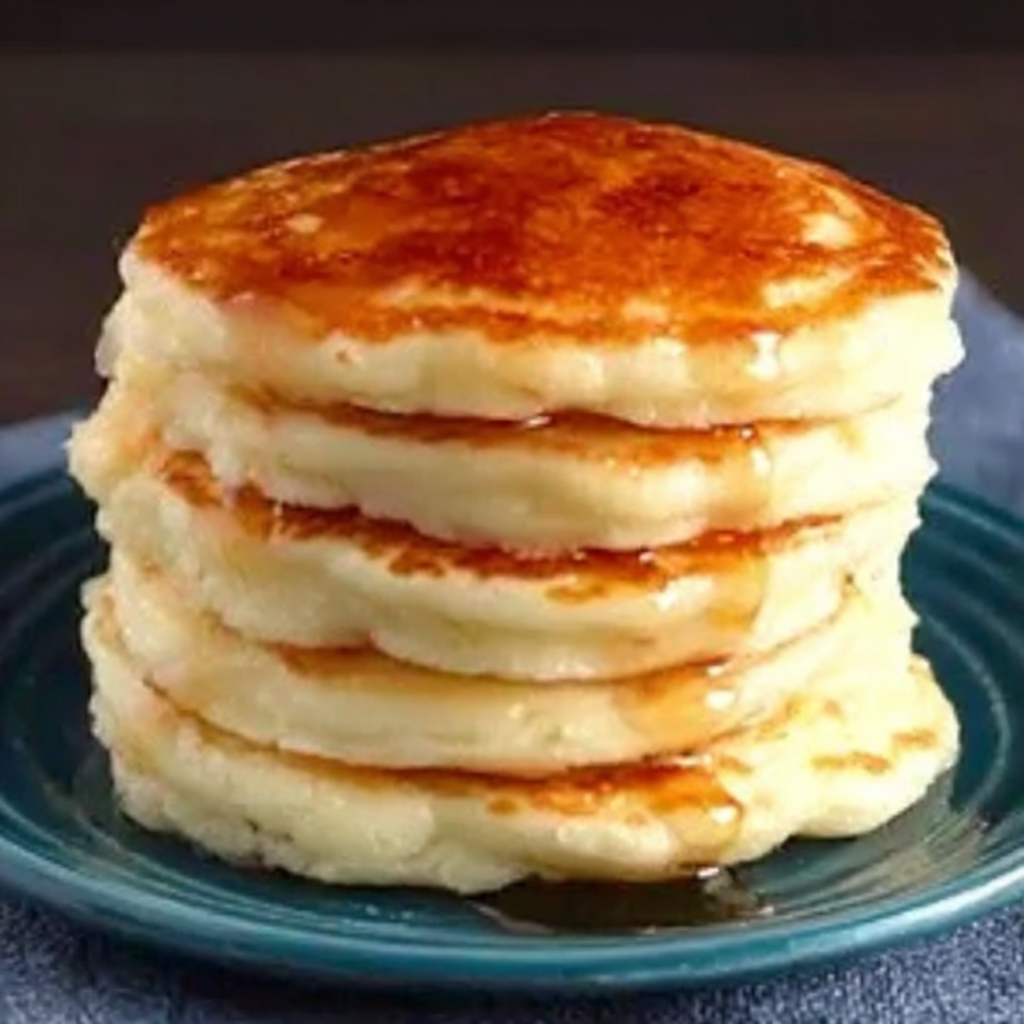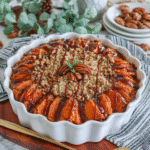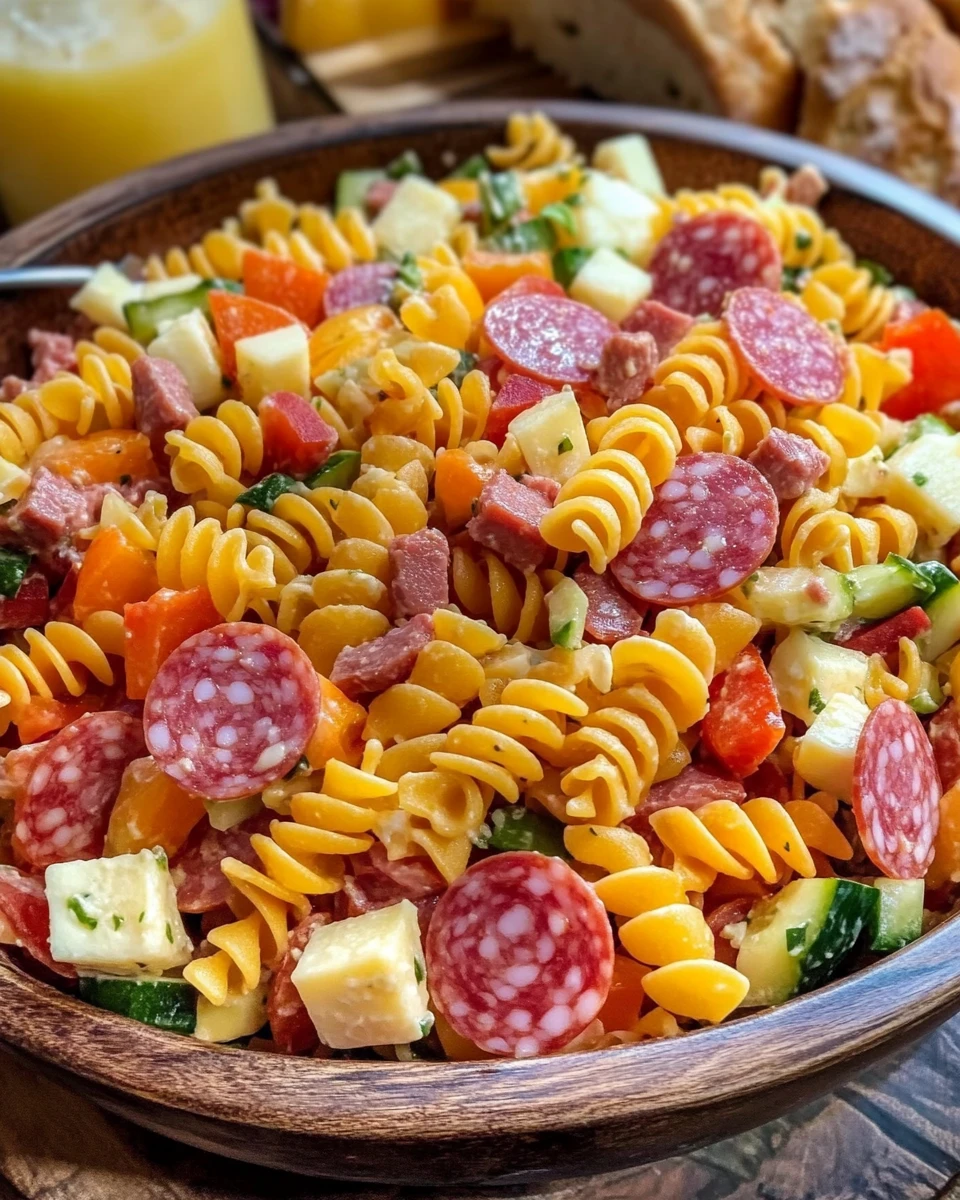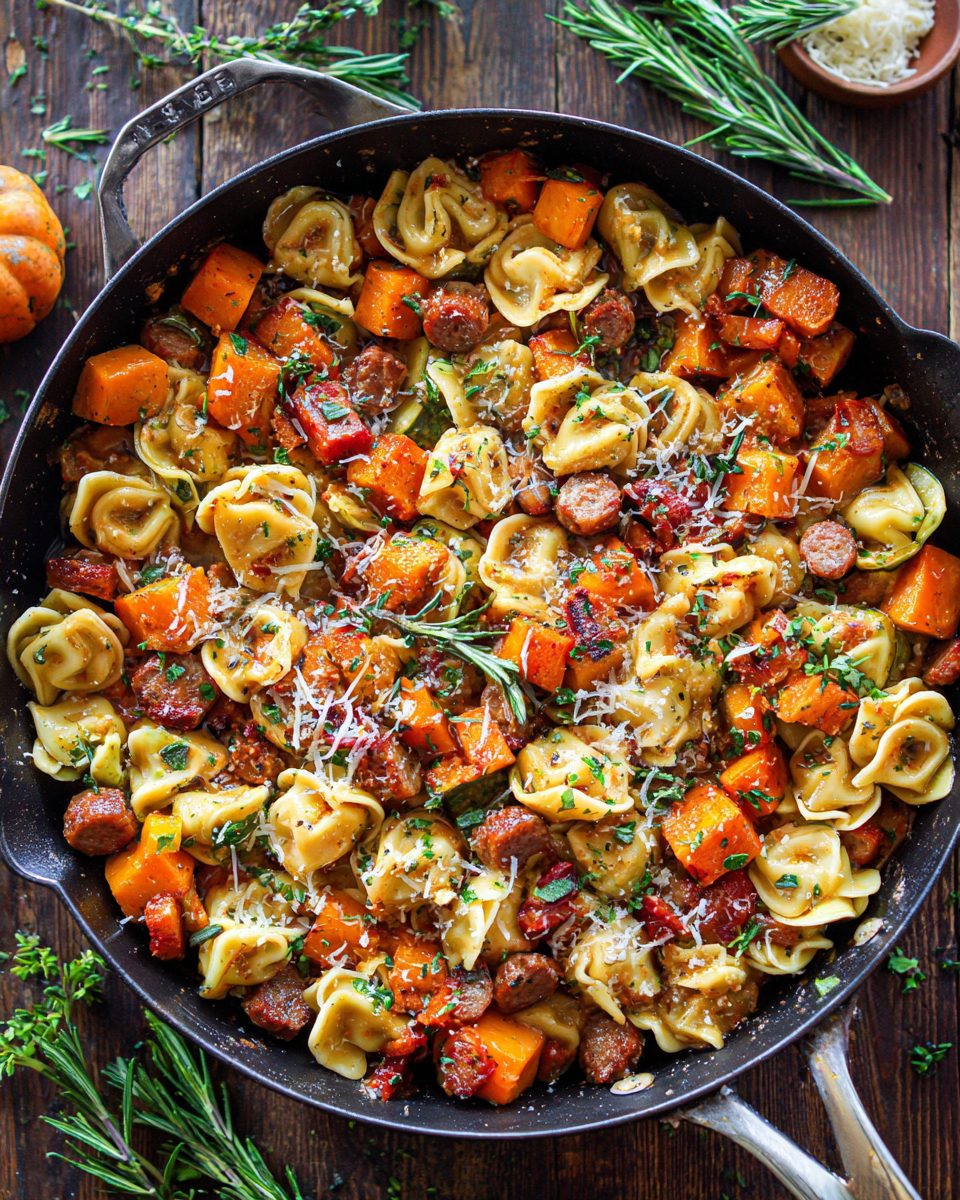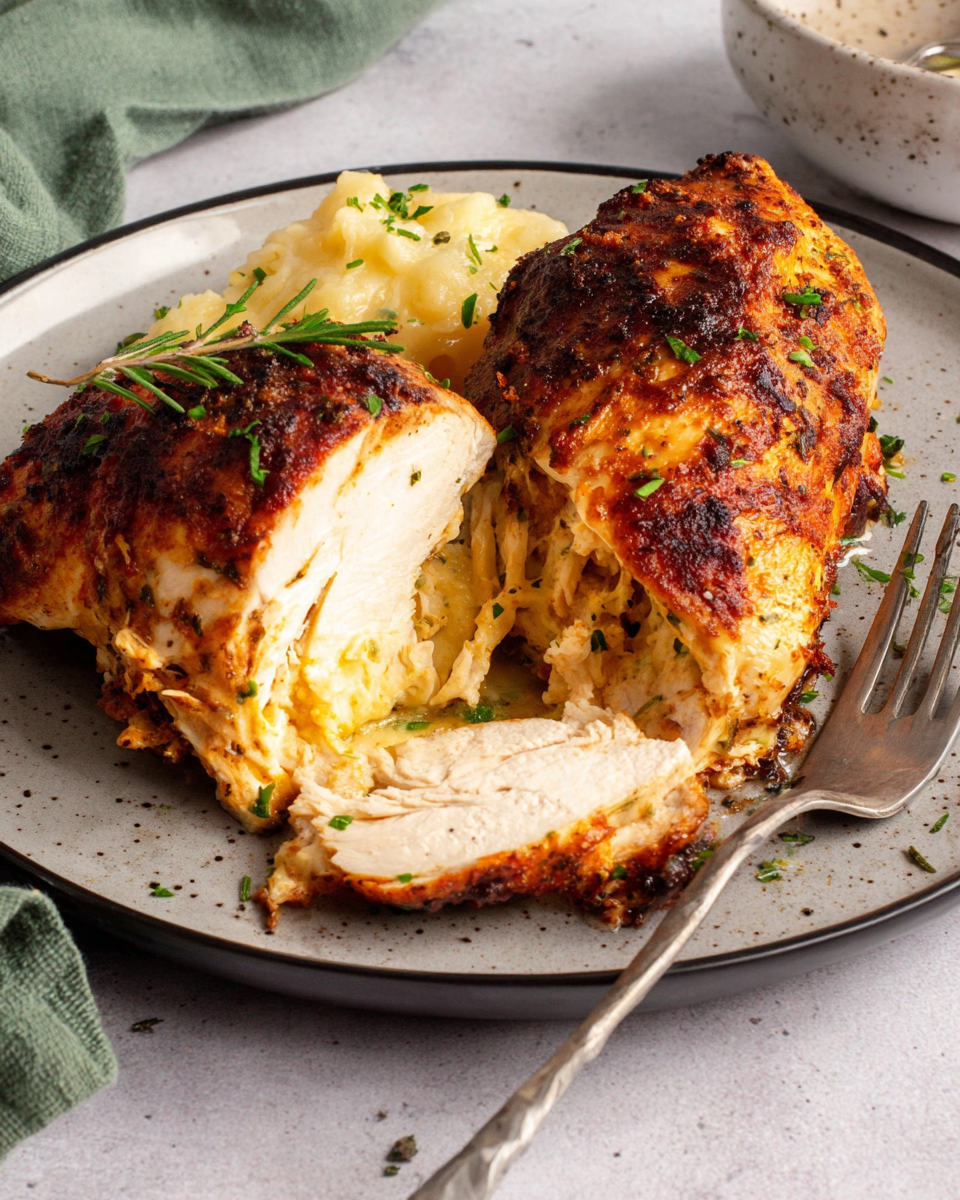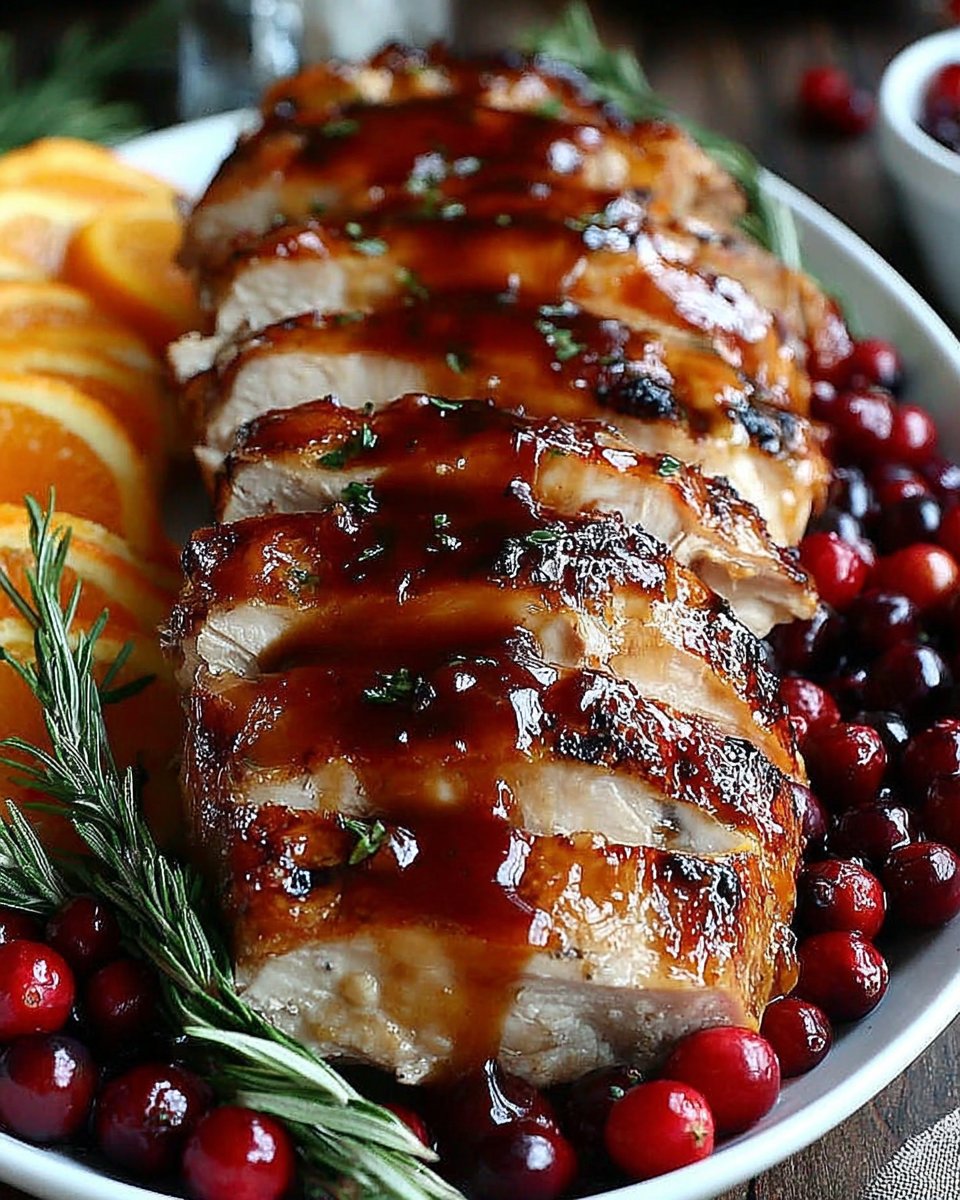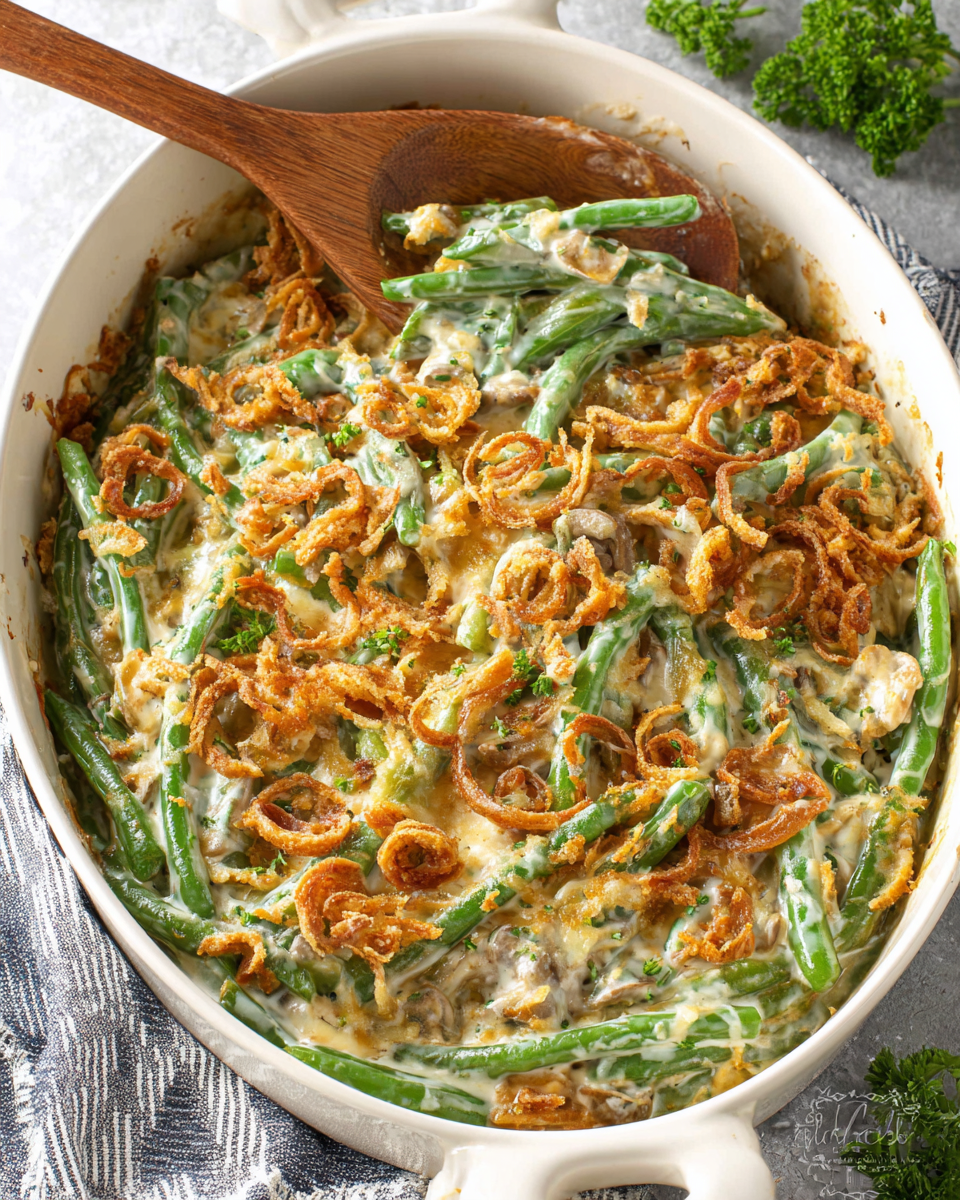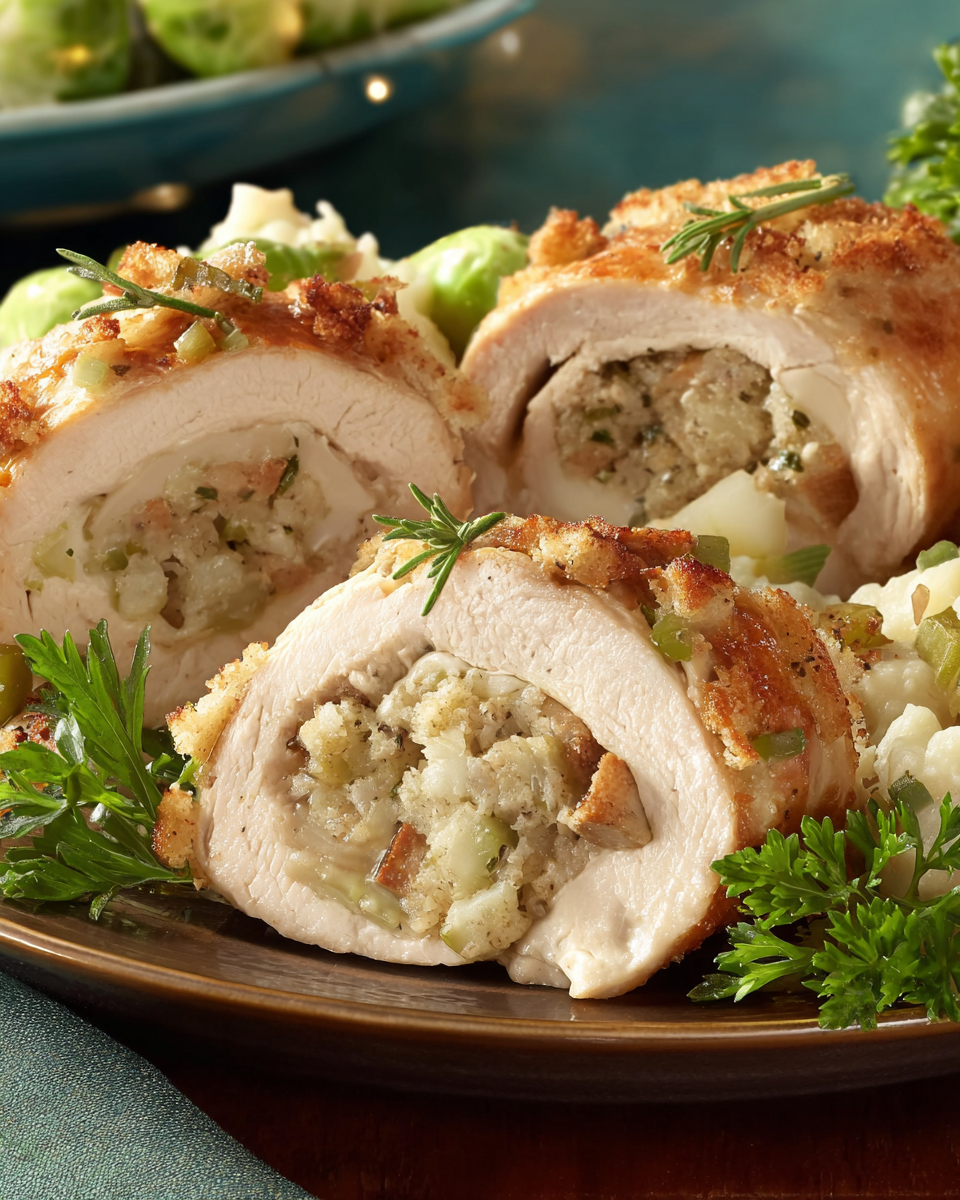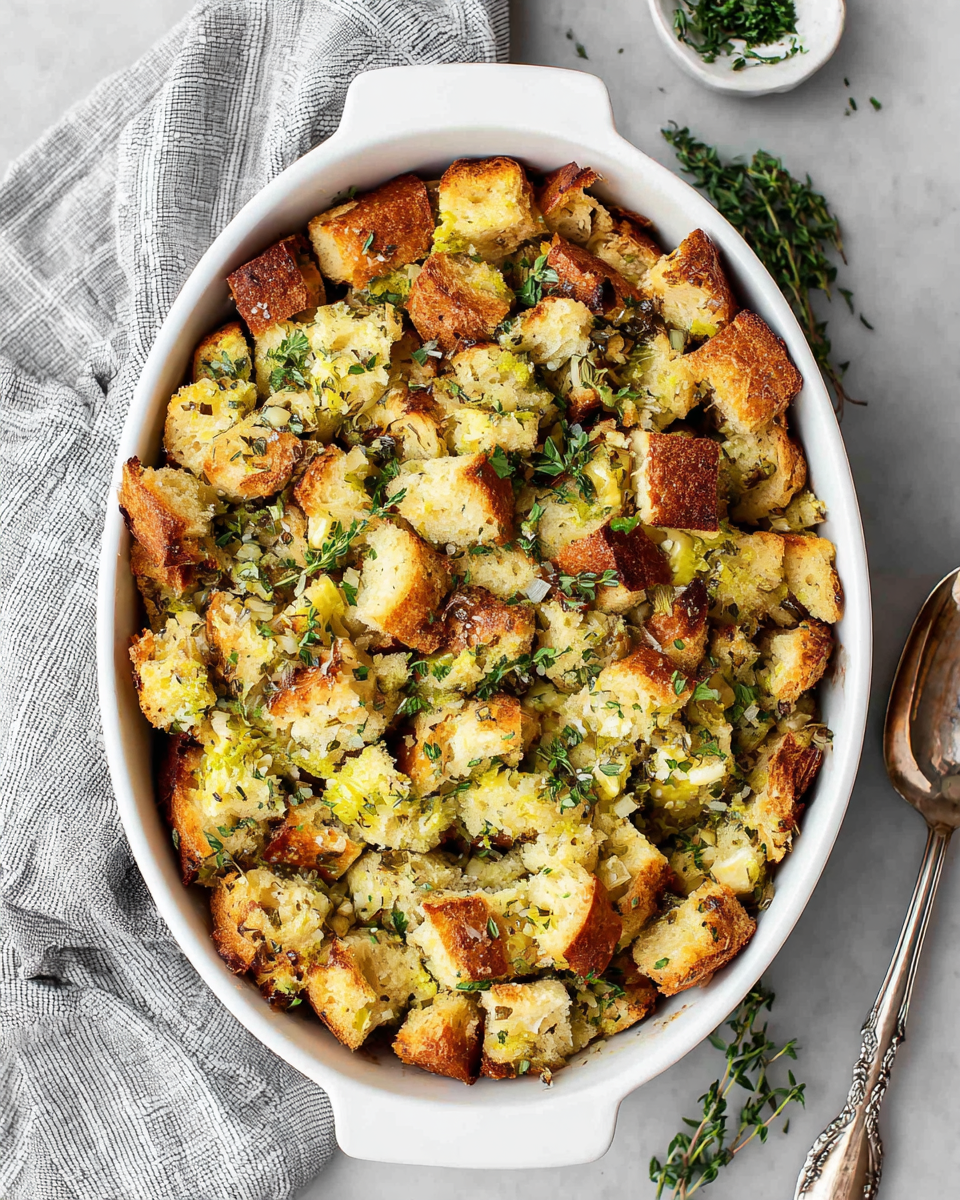Introduction
Fluffy pancakes are the cornerstone of a comforting breakfast, bringing warmth and joy to the start of your day. Their thick, airy texture is the result of the right ingredients combined in perfect harmony, making each bite a delightful experience. When prepared correctly, these pancakes can rival any diner specialty.
Imagine biting into a stack of golden-brown pancakes that are soft yet sturdy. Whether you serve them with maple syrup, fresh fruit, or a dollop of whipped cream, pancakes are an essential dish that can easily be customized to suit your taste. Let's dive into creating a batch of these irresistible thick and fluffy pancakes.
Ingredients
- 1 cup all-purpose flour
All-purpose flour forms the base of the pancake, providing structure and texture. It contains a moderate amount of protein, which helps achieve the perfect fluff without becoming too dense. - 2 tablespoons sugar
Sugar not only sweetens the pancakes slightly but also aids in browning, contributing to a beautiful golden crust. It enhances the overall flavor profile, ensuring every bite is sufficiently sweet. - 2 teaspoons baking powder
Baking powder is a crucial leavening agent that helps the pancakes rise, creating that desired fluffy texture. It reacts with the wet ingredients to produce gas bubbles, resulting in light and airy pancakes. - 1/2 teaspoon salt
Salt balances the sweetness of the sugar and enhances the flavors in the pancakes. It also aids in the overall structure, ensuring that the batter does not become overly flat. - 1 cup milk
Milk hydrates the dry ingredients, making the batter smooth. It also adds richness and contributes to the overall flavor of the pancakes, making them more enjoyable to eat. - 1 large egg
Eggs add moisture and help bind the ingredients together. They also contribute to the pancake's structure, ensuring a delightful texture that's both thick and fluffy. - 2 tablespoons melted butter
Melted butter enriches the flavor and provides a tender crumb. It prevents the pancakes from sticking to the pan and adds a delicious richness that elevates the dish.
Directions & Preparation
Step 1: Combine dry ingredients
Start by whisking together the flour, sugar, baking powder, and salt in a large mixing bowl. This step is vital as it ensures the dry ingredients are evenly distributed, allowing for uniform rising during cooking. Proper mixing also helps avoid clumps, which can lead to an undesired texture in your pancakes.
Step 2: Mix wet ingredients
In a separate bowl, whisk the milk, egg, and melted butter together until well combined. This helps to integrate the ingredients, allowing for a smooth batter. Mixing wet ingredients separately prevents premature activation of the baking powder, ensuring your pancakes remain fluffy.
Step 3: Combine wet and dry mixtures
Make a well in the center of the dry ingredients, then pour in the wet mixture. Stir gently until just combined; be careful not to overmix. Overmixing can develop gluten, leading to denser pancakes. It’s okay if there are a few lumps left in the batter, as they will cook out during cooking.
Step 4: Preheat the pan
Preheat a non-stick skillet or griddle over medium heat. Test the pan’s readiness by splashing a little water on it; if it sizzles and evaporates, the pan is ready. A properly preheated pan helps achieve an even browning on the pancakes, creating that lovely golden exterior and ensuring they cook all the way through.
Step 5: Cook the pancakes
Pour a ladle of batter onto the skillet for each pancake, using the back of the ladle to form a circle. Cook until bubbles form on the surface and the edges look set, about 2-3 minutes. Flipping too early can result in a raw center, while waiting too long might overly brown the bottom. The right cues will guide you for perfect cooking.
Step 6: Flip and continue cooking
Once bubbles appear on the surface, carefully flip the pancake using a spatula. Cook for another 1-2 minutes on the other side, until golden brown. Ensure not to press down on the pancakes; this can deflate them and compromise their fluffiness. Proper flipping is essential to maintain the airy structure you've worked to achieve.
Step 7: Serve warm
Serve the pancakes warm, topped with your favorite toppings like syrup, butter, fruits, or whipped cream. Enjoy them immediately for the best texture, as they are at their fluffiest right off the griddle. Serving immediately maintains the warmth and the delightful texture that you've created.

The Importance of Flour Type
Choosing the right type of flour is crucial for achieving the thick, fluffy texture you desire. All-purpose flour strikes a good balance as it contains enough protein to provide structure without becoming too dense. If you experiment with cake flour, which has a lower protein content, you might find your pancakes lighter, but they may lack the body that all-purpose provides.
The Role of Leavening Agents
Using the correct amount of baking powder is essential for fluffy pancakes. This leavening agent creates carbon dioxide bubbles when it reacts with wet ingredients, expanding the batter. If your pancakes aren't rising as intended, consider checking the freshness of your baking powder, as aged leavening agents may not perform effectively, leading to flat pancakes.
Mixing Tips for Perfect Pancakes
Overmixing pancake batter is a common mistake that can result in dense pancakes. It's important to mix just until the ingredients are combined, allowing small lumps to remain. This technique prevents the production of gluten, which can toughen the batter, achieving the desired fluffy texture that keeps your pancakes light and airy.
FAQs
Why are my pancakes too thick?
If your pancakes are too thick, try adding a bit more milk to the batter. Small adjustments can make a significant difference in achieving the desired consistency.
What can I do if my pancakes taste bland?
If your pancakes lack flavor, consider increasing the sugar slightly or adding a pinch of vanilla extract. These enhancements can elevate the overall taste of your pancakes.
What should I do if my pancakes are unevenly cooked?
Ensure your skillet or griddle is evenly heated before cooking. If it's too hot, the outsides may brown while the insides remain raw, so regulate the heat as needed.
Can I substitute almond milk for regular milk?
Yes, almond milk can be used as a substitute for regular milk. It will slightly alter the flavor, but it can still contribute to a delicious pancake.
How can I adjust this recipe for a larger crowd?
Simply multiply the ingredients accordingly. Cook pancakes in batches and keep them warm in a low oven while you finish cooking the rest.
Why aren't my pancakes rising?
Check the freshness of your baking powder. If it's expired or old, it may not react properly, leading to flat pancakes.
Conclusion
Creating thick and fluffy pancakes at home is a rewarding experience. These pancakes are not just about taste; they carry a sense of comfort and joy that can enhance any meal. With simple ingredients and careful preparation, you can achieve breakfast perfection.
Embrace your creativity in the kitchen! Experiment with different toppings and mix-ins to make each batch uniquely yours. Enjoy your homemade pancakes and share them with family and friends, creating memories around the breakfast table.
Recipe Card
Delicious Scalloped Sweet Potato Casserole Recipe
Ingredients
- 3 large sweet potatoes peeled and sliced
- 1 cup heavy cream
- 1/2 cup packed brown sugar
- 1/2 teaspoon cinnamon
- 1/4 teaspoon nutmeg
- 1/4 teaspoon salt
- 1/4 cup butter melted
- 1/2 cup crushed pecans or walnuts optional
Instructions
- Preheat the oven to 375°F (190°C).
- Prepare a 9x13-inch baking dish by buttering it.
- Layer half of the sliced sweet potatoes in the dish.
- In a bowl, mix together the heavy cream, brown sugar, cinnamon, nutmeg, and salt.
- Pour half of the cream mixture over the first layer of sweet potatoes.
- Add the remaining sweet potatoes on top and pour the remaining cream mixture over them.
- Sprinkle melted butter over the top and add nuts if desired.
- Cover the dish with foil and bake for 30 minutes.
- Remove the foil and bake for an additional 15-20 minutes until golden and bubbly.
- Let the casserole cool for 10 minutes before serving.
Notes
Additional serving suggestions: pair with a crisp salad, garlic bread, or roasted seasonal vegetables for balance.
For make-ahead, prep components separately and assemble just before heating to preserve texture.
Taste and adjust with acid (lemon/vinegar) and salt right at the end to wake up flavors.
